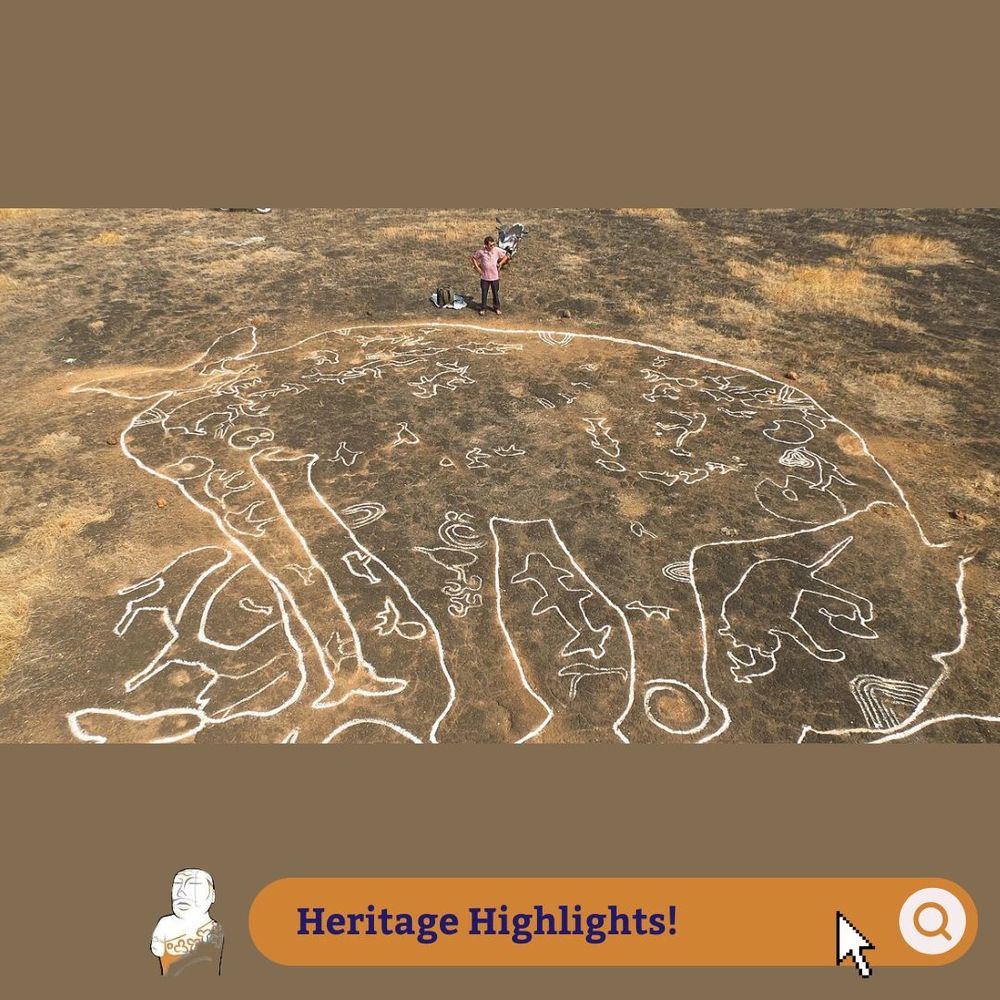
Documenting the endangered archaeology and heritage of South Asia and publishing this information in an Open Access Arches geospatial database.
https://linktr.ee/mahsaproject
doi.org/10.32028/978...

doi.org/10.32028/978...
Join us in December for conversations in Computer Applications and Quantitative Methods in Archaeology.
Find out more and register to attend here:
www.eventbrite.com/e/caa-uk-202...

Join us in December for conversations in Computer Applications and Quantitative Methods in Archaeology.
Find out more and register to attend here:
www.eventbrite.com/e/caa-uk-202...



#diwali #southasia #heritage #India #Pakistan #history #festivaloflights

#diwali #southasia #heritage #India #Pakistan #history #festivaloflights





Applications are now open until 17 October 2025
To apply : www.cam.ac.uk/jobs/researc...

Applications are now open until 17 October 2025
To apply : www.cam.ac.uk/jobs/researc...


Welcome to New Central Jail Multan, located in Punjab, Pakistan. Built in 1930, the jail was brand new when it was recorded in the historical map by the Survey of India. (1/5)


Welcome to New Central Jail Multan, located in Punjab, Pakistan. Built in 1930, the jail was brand new when it was recorded in the historical map by the Survey of India. (1/5)

We invite you to submit a paper or poster related to quantitative methods and computer applications in archaeology and heritage.
Full details can be found here:
uk.caa-international.org/caa-uk-2025/

We invite you to submit a paper or poster related to quantitative methods and computer applications in archaeology and heritage.
Full details can be found here:
uk.caa-international.org/caa-uk-2025/

















